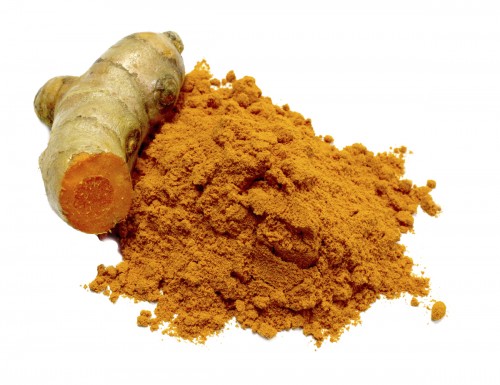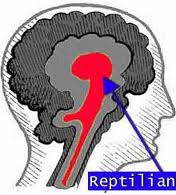
It’s confusing sometimes to read about turmeric and curcumin as the two terms are often used interchangeably, but they’re not quite the same thing. The Latin name for turmeric is Curcuma domestica; turmeric contains curcumin. Curcumin is the active constituent in turmeric that provides most of the health benefits. Turmeric is the name for the spice that is used in cooking; the name curcumin is often used when discussing the health aspects of the spice.
What the study found
The study, titled Efficacy and safety of Curcuma domestica extracts compared with ibuprofen in patients with knee osteoarthritis, compared the effects of ibuprofen and turmeric in 367 patients over a four week period. All patients had a pain score of five or higher at the beginning of the trial; in other words they experienced moderate pain that was bad enough to interfere with tasks or possibly even concentration. The patients were randomly assigned into groups given either Curcuma domestica extracts (185) or ibuprofen (182). The study measured pain, stiffness, function and total scores.
In conclusion, the study reports that both C. domestica and ibuprofen were successful in reducing pain and discomfort, but C. domestica patients scored better on tests of stair climbing and a 100 meter walk. All scores showed significant improvement over the baseline scores in both groups; 96-97% of subjects in both groups were satisfied with the treatment and two thirds rated themselves as improved. However, the number of adverse events, primarily abdominal pain or discomfort, was significantly higher in the ibuprofen group that in the C. domestica extracts group.
Cautions
Talk to your holistic vet first if you have any concerns about whether turmeric is right for your dog. While it’s generally considered safe, there are a few things to consider. It can interact with other medications, especially NSAIDs and blood thinning drugs, and for a patient undergoing cancer treatment, it may interfere with certain cancer drugs. High doses have also been known to cause liver problems, and turmeric should not be used during pregnancy as it may cause premature uterus contractions leading to miscarriage.
Other benefits
In addition to helping with pain and inflammation, turmeric offers many other health benefits. Among other things, it can support heart health by lowering LDL (bad cholesterol) and thinning the blood; it is a detoxifier; it is an antioxidant that has anti cancer properties; it can help treat epilepsy, relieve allergies, kill parasites and prevent the formation of cataracts. Since it is a binding agent you can also use it to treat diarrhea.




